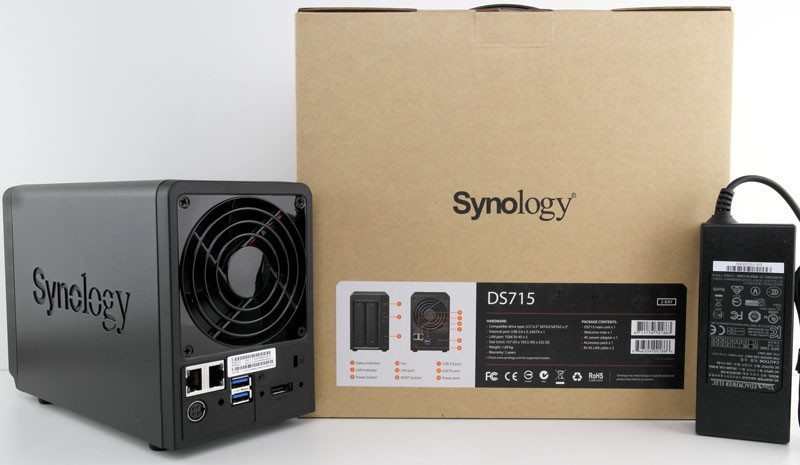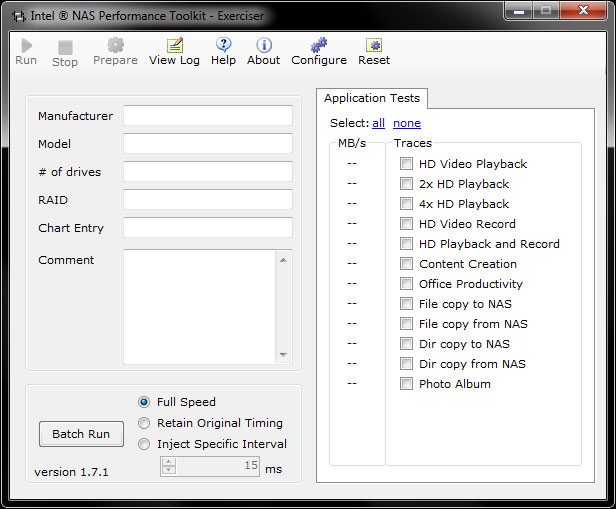Synology DiskStation DS715 2-Bay Value NAS Review
Bohs Hansen / 9 years ago
Testing Method

Test system:
- Supermicro C7Z97-OCE
- Intel Xeon E3-1230Lv3
- Exceleram EP3001A 2GB PC3-10666
- Kingston HyperX 240GB SSD
- Sapphire R7 240 2GB
Drives used in Test:
- Intern: Western Digital RED 6TB 3.5-inch
- USB: Angelbird SSD2go Pocket 512GB
- eSATA: Angelbird SSD wrk 256GB
We would like to thank our sponsors for supplying us with the components needed for the test system as well as drives.
Software used:
The performance of the system we use to test with isn’t a major factor when testing a device of this sort. The performance of the NAS box comes down to the network it is running on, the protocol used to connect, and its own internal hardware.
With a device of this sort having so many different applications, Intel’s NASPT software covers all the bases and also gives us a set of results that we will be able to utilise and therefore give a benchmark against other similar systems in the future.
Intel NASPT (Network Attached Storage Performance Toolkit) performs its test by transferring varying sizes and quantities of data to and from the device based on twelve different scenarios.

As part of the testing, the NAS is connected through a Netgear GS724TPS managed Gigabit switch and then to our test bench to give the best real world setup test that we can and the NAS itself will be packed with Western Digital’s latest RED NAS drives. Intel’s NASPT software does require us to drop the memory down to 2GB, as using any more would lead to data caching and therefore skew the results.
I will be testing the NAS box performance under each of the RAID options that it has available as well just a single drive. The USB 3.0 speeds will be measured with our trusted Angelbird SSD2go Pocket drive.



















